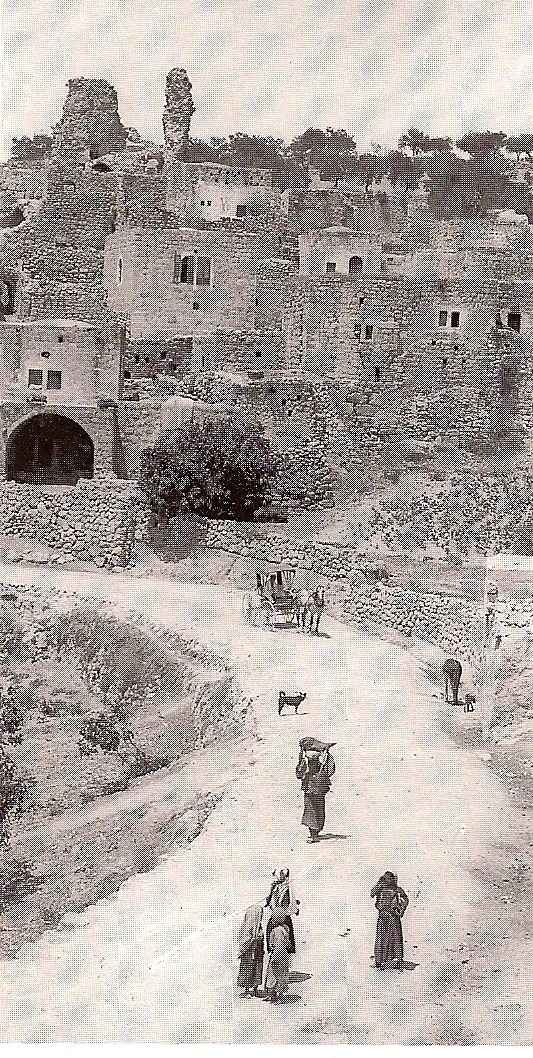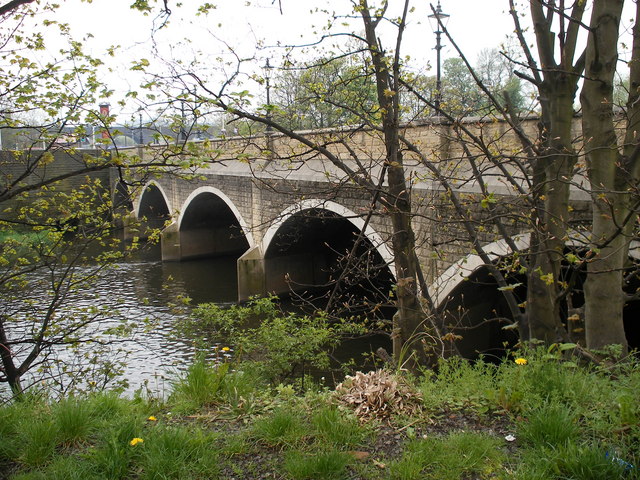|
Nearer, My God, To Thee
"Nearer, My God, to Thee" is a 19th-century Christian hymn by Sarah Flower Adams, which retells the story of Jacob's dream. Genesis 28:11–12 can be translated as follows: "So he came to a certain place and stayed there all night, because the sun had set. And he took one of the stones of that place and put it at his head, and he lay down in that place to sleep. Then he dreamed, and behold, a ladder was set up on the earth, and its top reached to heaven; and there the angels of God were ascending and descending on it..." The hymn is well known, among other uses, as the alleged last song the band on RMS ''Titanic'' played before the ship sank and was sung by the crew and passengers of the as it sank off the Canadian coast in 1906. Lyrics The lyrics to the hymn are as follows: :Nearer, my God, to Thee, nearer to Thee! :E'en though it be a cross that raiseth me; :Still all my song shall be nearer, my God, to Thee, ::Chorus: Nearer, my God, to Thee, nearer to Thee! :Though ... [...More Info...] [...Related Items...] OR: [Wikipedia] [Google] [Baidu] |
William Johnson Fox
William Johnson Fox (1 March 1786 – 3 June 1864) was an English Unitarian minister, politician, and political orator. Early life Fox was born at Uggeshall Farm, Wrentham, near Southwold, Suffolk on 1 March 1786. His parents were strict Calvinists. When he was still young, his father quit farming. After time at a chapel school, Fox became a weaver's boy, an errand-boy, and in 1799, a bank clerk. An autodidact, he entered prize competitions. From September 1806 Fox trained for the Independent ministry, at Homerton College. His tutor there was John Pye Smith, the Congregational theologian. Early in 1810 he took charge of a congregation at Fareham in Hampshire. Failing to make a small seceding congregation there viable, he left within two years to become minister of the Unitarian chapel at Chichester. South Place Chapel circle In 1817 Fox moved to London, becoming minister of Parliament Court Chapel. In 1824 he moved the congregation to South Place Chapel, in Finsbury on the e ... [...More Info...] [...Related Items...] OR: [Wikipedia] [Google] [Baidu] |
Hymns And Psalms
''Hymns and Psalms'' was the primary hymnbook of the Methodist Church of Great Britain from 1983 until 2010. The hymnbook was first published by the Methodist Publishing House in 1983, to replace the ''Methodist Hymn-Book'', which was published soon after the unification of the Methodist Church in 1933.Preface to 1983 Edition, p. viii The book's full title is ''Hymns and Psalms: A Methodist and Ecumenical Hymn Book'', reflecting a degree of participation by many Christian denominations in its creation and a desire 'to build from accepted denominational traditions towards a richer sharing of ... diverse interests and ... common heritage". The decision to produce a new hymnbook was taken at the Methodist Conference of 1979, and the new book was authorised for use in all Methodist Churches in the Connexion at the 1982 Conference in Plymouth. The hymns are presented in three sections, covering, respectively, God's Nature, God's World and God's People, followed by a selection of Psal ... [...More Info...] [...Related Items...] OR: [Wikipedia] [Google] [Baidu] |
Gilbert And Sullivan
Gilbert and Sullivan was a Victorian era, Victorian-era theatrical partnership of the dramatist W. S. Gilbert (1836–1911) and the composer Arthur Sullivan (1842–1900), who jointly created fourteen comic operas between 1871 and 1896, of which ''H.M.S. Pinafore'', ''The Pirates of Penzance'' and ''The Mikado'' are among the best known.Davis, Peter G''Smooth Sailing'' ''New York'' magazine, 21 January 2002, accessed 6 November 2007 Gilbert, who wrote the libretti for these operas, created fanciful "topsy-turvy" worlds where each absurdity is taken to its logical conclusion; fairies rub elbows with British lords, flirting is a capital offence, gondoliers ascend to the monarchy, and pirates emerge as noblemen who have gone astray.Mike Leigh, Leigh, Mike"True anarchists" ''The Guardian'', 4 November 2007, accessed 6 November 2007 Sullivan, six years Gilbert's junior, composed the music, contributing memorable melodies that could convey both humour and pathos. Their operas have enj ... [...More Info...] [...Related Items...] OR: [Wikipedia] [Google] [Baidu] |
Arthur Sullivan
Sir Arthur Seymour Sullivan (13 May 1842 – 22 November 1900) was an English composer. He is best known for 14 comic opera, operatic Gilbert and Sullivan, collaborations with the dramatist W. S. Gilbert, including ''H.M.S. Pinafore'', ''The Pirates of Penzance'' and ''The Mikado''. His works include 24 operas, 11 major orchestral works, ten choral works and oratorios, two ballets, incidental music to several plays, and numerous church pieces, songs, and piano and chamber pieces. His hymns and songs include "Onward, Christian Soldiers" and "The Lost Chord". The son of a military bandmaster, Sullivan composed his first anthem at the age of eight and was later a soloist in the boys' choir of the Chapel Royal. In 1856, at 14, he was awarded the first Mendelssohn Scholarship by the Royal Academy of Music, which allowed him to study at the academy and then at the Felix Mendelssohn College of Music and Theatre, Leipzig Conservatoire in Germany. His graduation piece, inc ... [...More Info...] [...Related Items...] OR: [Wikipedia] [Google] [Baidu] |
Methodism
Methodism, also called the Methodist movement, is a group of historically related denominations of Protestant Christianity whose origins, doctrine and practice derive from the life and teachings of John Wesley. George Whitefield and John's brother Charles Wesley were also significant early leaders in the movement. They were named ''Methodists'' for "the methodical way in which they carried out their Christian faith". Methodism originated as a revival movement within the 18th-century Church of England and became a separate denomination after Wesley's death. The movement spread throughout the British Empire, the United States, and beyond because of vigorous missionary work, today claiming approximately 80 million adherents worldwide. Wesleyan theology, which is upheld by the Methodist churches, focuses on sanctification and the transforming effect of faith on the character of a Christian. Distinguishing doctrines include the new birth, assurance, imparted righteousness, ... [...More Info...] [...Related Items...] OR: [Wikipedia] [Google] [Baidu] |
Lowell Mason
Lowell Mason (January 8, 1792 – August 11, 1872) was an American music director and banker who was a leading figure in 19th-century American church music. Lowell composed over 1600 hymn tunes, many of which are often sung today. His best-known work includes an arrangement of ''Joy to the World'' and the tune ''Bethany'', which sets the hymn text ''Nearer, My God, to Thee''. Mason also set music to ''Mary Had A Little Lamb''. He is largely credited with introducing music into American public schools, and is considered the first important U.S. music educator. He has also been criticized for helping to largely eliminate the robust tradition of participatory sacred music that flourished in America before his time. Life Mason was born and grew up in Medfield, Massachusetts, where he became the music director of First Parish (now First Parish Unitarian Universalist) Church at age 17. His birthplace residence was saved from development in 2011. It was relocated to a town park on Gr ... [...More Info...] [...Related Items...] OR: [Wikipedia] [Google] [Baidu] |
Bethany (song)
Bethany ( grc-gre, Βηθανία,Murphy-O'Connor, 2008, p152/ref> Syriac: ܒܝܬ ܥܢܝܐ ''Bēṯ ʿAnyā'') or what is locally known as Al-Eizariya or al-Azariya ( ar, العيزرية, " laceof Lazarus"), is a Palestinian town in the West Bank. The name al-Eizariya refers to the New Testament figure Lazarus of Bethany, who according to the Gospel of John, was raised from the dead by Jesus. The traditional site of the miracle, the Tomb of Lazarus, in the city is a place of pilgrimage. The town is located on the southeastern slope of the Mount of Olives, less than from Jerusalem. According to the Palestinian Central Bureau of Statistics, it is the second largest Palestinian city in the Jerusalem Governorate (not including East Jerusalem, which is under Israeli control), with a population of 17,606 inhabitants. Being mostly in Area C, it is controlled by the Israeli military rather than the Palestinian Authority. Name Al-Eizariya The name Al-Eizariya ( ar, العيزري� ... [...More Info...] [...Related Items...] OR: [Wikipedia] [Google] [Baidu] |
Ian Bradley
Ian Campbell Bradley (born 28 May 1950) is a British academic, author and broadcaster. He is Emeritus Professor of Cultural and Spiritual History at the University of St Andrews, where he was Principal of St Mary's College and honorary Church of Scotland Chaplain. The author of over 35 books, Bradley has written widely on cultural and spiritual matters, including Celtic Christianity, hymns, carols, Gilbert and Sullivan and musical theatre. Life and career Early life and education Bradley was born in Berkhamsted, Hertfordshire, on Whit Sunday 1950, the first of two sons of civil servants William Ewart Bradley and Mary Campbell Tyre. He grew up in the southeast of England and was educated at Tonbridge School and New College, Oxford, where he graduated with a "congratulatory first" in 1971 in modern history. He remained at the University of Oxford to complete a doctoral thesis on religion and politics in early nineteenth-century Britain, earning his DPhil degree. He stood as ... [...More Info...] [...Related Items...] OR: [Wikipedia] [Google] [Baidu] |
Wakefield
Wakefield is a cathedral city in West Yorkshire, England located on the River Calder. The city had a population of 99,251 in the 2011 census.https://www.nomisweb.co.uk/census/2011/ks101ew Census 2011 table KS101EW Usual resident population, West Yorkshire – Wakefield BUASD, code E35000474 The city is the administrative centre of the wider City of Wakefield metropolitan district, which had a population of , the most populous district in England. It is part of the West Yorkshire Built-up Area and the Yorkshire and The Humber region. In 1888, it was one of the last group of towns to gain city status due to having a cathedral. The city has a town hall and county hall, as the former administrative centre of the city's county borough and metropolitan borough as well as county town to both the West Riding of Yorkshire and West Yorkshire, respectively. The Battle of Wakefield took place in the Wars of the Roses, and the city was a Royalist stronghold in the Civil War. Wake ... [...More Info...] [...Related Items...] OR: [Wikipedia] [Google] [Baidu] |
Horbury
Horbury is a town in the City of Wakefield in West Yorkshire, England. Historically in the West Riding of Yorkshire, it is situated north of the River Calder about three miles (5 km) south west of Wakefield and two miles (3 km) to the south of Ossett. It includes the outlying areas of Horbury Bridge and Horbury Junction. At the 2001 census the Horbury and South Ossett ward of Wakefield Metropolitan District Council had a population of 10,002. At the 2011 census the population was 15,032. Old industries include woollens, engineering and building wagons for the railways. Horbury forms part of the Heavy Woollen District. History Toponymy The name Horbury is attested in 1086 as ''(H)orberie''. It is derived from Old English ''horu'' 'dirty land' and ''burh'' (in its dative form ''byrig''), which translates as 'filthy fortification' or 'stronghold on muddy land'. Other spellings include Orberie, Horbiry and Horberie. The name possibly referred to a fortification near an o ... [...More Info...] [...Related Items...] OR: [Wikipedia] [Google] [Baidu] |
.jpg)

.jpg)



